If you’re serious about growing blog traffic in 2025, Pinterest deserves a front-row seat in your marketing plan. It’s not “just another social network.” It’s a visual discovery engine where people actively search for ideas to try, save, and click-often with purchase intent. And it’s big: Pinterest reported 578 million monthly active users in Q2 2025, a new company record. That’s a lot of potential readers searching for solutions right now.
Unlike fast-moving feeds that bury your posts in hours, Pinterest surfaces relevant Pins for months (even years) thanks to search and personalization. Your best content can keep sending traffic on autopilot while you sleep. Pinterest also stands out for its visual search chops (think: “show me outfits like this”) and shopping-friendly features-perfect for bloggers in niches like food, home, beauty, fashion, travel, parenting, finance, and DIY.
In this guide, you’ll get clear, practical Pinterest tips 2025-from setup to strategy, from Pin design to analytics, plus fresh insights about AI and algorithm shifts. You’ll leave with a checklist you can use today and a plan that compounds over time.
Also Read: What is Social Media Management?
What Makes Pinterest Different?
- Pinterest is a visual search engine. People come to search, discover, and take action-not just “like” posts. Visual search via Pinterest Lens lets users zoom in on objects and find similar ideas or products. That’s discovery with intent.
- Pins have a longer life. Because Pinterest is driven by keywords and interests, strong Pins can resurface for months. That makes it a powerful source of long-term, passive blog traffic.
- Trends you can plan around. Pinterest publishes forward-looking trend insights-Pinterest Predicts and seasonal reports so you can plan content calendars that ride rising demand.
- Personalization keeps improving. Pinterest uses AI and large-scale recommendation systems to match Pins with the right people. That means well-optimized content can find its audience even if you’re not a huge account.
Pinterest 101: Quick Stats
- Audience & scale (2025): 578M MAUs and growing. Great for niches tied to lifestyle, learning, and “how-to.”
- Discovery > followers: Saves, impressions, Pin clicks, and outbound clicks matter most. Followers help, but search + recommendations drive reach.
- How it works: Pinterest analyzes Pin images, titles, descriptions, and board context, then uses interest graphs and embeddings to personalize feeds and search results. In short: keyword relevance + engagement + visual understanding = visibility.
- Formats: Since late 2023, Pinterest moved to a single Pin format (multi-page/video features still exist—what many used to call “Idea Pins”). Some creators still reference “Idea Pins,” but think of them today as multi-page or video Pins within the unified format. Use them for storytelling and step-by-steps.
15+ Pinterest Tips and Tricks That Drive Blog Traffic
Use these Pinterest marketing strategies as a menu. Start with the quick wins, then layer in long-term moves.
1) Set up (or convert to) a Pinterest Business account
- You’ll unlock analytics, ads, product tagging, and more.
- Claim your website so Pinterest ties your domain to your content and shows you rich analytics.
Impact: You get the data you need to double down on what works and fix what doesn’t.
2) Nail your profile: name, bio, and image
- Use a clear brand name plus a primary keyword (e.g., “Healthy Home Cooking | Easy Recipes”).
- Write a short, benefit-led bio with a core CTA (“Get 15-minute dinners and meal plans”).
- Use a clean logo or face photo. Consistency builds trust.
Impact: You’ll rank for profile searches and convert profile views into site clicks.
3) Build keyword-rich boards
- Create boards for your main topics (e.g., “Air Fryer Recipes,” “Meal Prep for Beginners”).
- Add board descriptions with natural keywords your audience searches.
- Keep boards focused. Archive or merge vague boards that dilute your topical authority.
Impact: Strong boards help Pinterest understand your niche and place your Pins better.
4) Do Pinterest SEO like a pro
- Research long-tail keywords using:
- Pinterest search autosuggest (note the phrases it recommends).
- Pinterest Trends to see seasonality and rising terms.
- Pinterest Predicts to get ahead of the curve.
- Work those phrases into your board titles/descriptions, Pin titles, and Pin descriptions in natural, readable language.
Impact: Better keyword targeting = more impressions and qualified clicks.
5) Design click-worthy Pins
- Size/ratio: Use a 2:3 vertical format (e.g., 1000 × 1500 px) for standard Pins. It’s the official recommendation.
- Text overlay: Add a short, high-contrast headline that promises a clear outcome (“30-Day Skincare Routine for Acne-Prone Skin”).
- Brand cues: Repeat fonts, colors, and logo placement.
- Readable on mobile: Big text, strong contrast, clean backgrounds.
- A/B test layouts: photo + headline vs. checklist vs. before/after.
Impact: Better design improves Pin clicks and saves, signaling quality to the algorithm.
6) Write compelling Pin titles & descriptions
- Lead with the benefit (“Budget Japan Travel Itinerary: 7 Days Under $900”).
- Place primary keywords near the start.
- Add a simple CTA (“Read the full guide”).
- Avoid keyword stuffing. Write for humans first.
Impact: Higher relevance and click-through rates (CTR) → more outbound clicks to your blog.
7) Publish multi-page or video Pins for engagement
- Think tutorials, step-by-steps, or mini-guides.
- Use vertical video when possible. Include captions.
- End with a “tap to read the full post” Prompt.
Impact: These Pins often earn strong engagement, which can spill over into better distribution for your account as a whole.
8) Create multiple Pins per blog post
- Design 3–10 unique covers per article:
- Different headlines (benefit vs. curiosity).
- Different hero images.
- Different colorways.
- Link all Pins to the same canonical URL.
- Space them out over weeks or months.
Impact: You widen the net and let winners rise. One post can dominate multiple keywords.
9) Post fresh Pins consistently (but don’t spam)
- Fresh = new images/designs or new URLs.
- Quality beats quantity. A steady cadence (e.g., 1-3 Pins/day) is plenty for most blogs.
- Avoid repetitive pinning to dozens of irrelevant boards.
Impact: Fresh content keeps you in circulation and avoids spammy signals.
10) Schedule smart with Tailwind or the native scheduler
- Batch your designs and schedule Pins for the next week or month.
- Use Tailwind Communities (formerly Tribes) to share in niche groups and discover content to repin thoughtfully.
- Pinterest’s native scheduling also works well if you prefer to stay within the app.
Impact: Consistency without daily grind. Better coverage of time zones and seasonal moments.
11) Use Group Boards-but be selective
- In 2025, group boards can still help if they’re tightly niche, well-moderated, and active.
- Skip generic “share all” boards. Track performance; leave boards that don’t drive clicks.
Impact: Smart group boards expand reach to relevant audiences, not random ones.
12) Turn trends into traffic
- Check Pinterest Predicts and seasonal trend reports to plan timely posts (e.g., holiday guides, summer travel, back-to-school routines).
- Use Pinterest Trends to pick keywords with rising interest and map content to peaks.
Impact: Publishing before peak interest helps your Pins age and rank right when demand surges.
13) Repurpose and refresh older posts
- Turn evergreen posts into new Pin angles: checklists, cheat sheets, step-by-steps, “mistakes to avoid,” or comparison charts.
- Update the blog post, then design fresh creatives and re-launch.
Impact: You revive proven URLs and compound their rankings over time.
14) Track what works
- In Pinterest Analytics, watch Impressions, Saves, Pin clicks, and especially Outbound clicks for traffic impact.
- Review Top Pins and Top Boards monthly. Replicate themes and designs that win.
- Compare analytics with your GA4 landing pages to confirm which Pins drive real sessions.
Impact: Data-driven tweaks can 2-3× your Pinterest blog traffic without more work.
15) Improve your destination pages for conversions
- Make sure Pin headlines match the on-page title and hero image to reduce bounce.
- Use fast, mobile-optimized pages.
- Add a clear next step: content upgrades, related posts, or product links.
Impact: You turn Pinterest traffic into email subscribers, ad revenue, and sales.
16) Productize content
- If you sell printables, courses, or templates, tag products and test shoppable experiences. Pinterest continues to invest in better search and visual shopping features.
Impact: Direct monetization from Pinterest traffic.
17) Build topic depth with interlinked boards
- Create “hub” boards and “spoke” boards around your main topics.
- Cross-pin related posts to maintain topical clusters.
Impact: Better context for Pinterest’s interest graph and more entry points for search.
18) Don’t ignore branding
- Consistent fonts, colors, and style help users recognize your Pins, which boosts CTR over time.
- Create a simple style guide so templates are easy to scale.
Also Read: 10 Social Media Marketing Trends in 2025 You Can’t Afford to Miss
Example: A Simple Pinterest Traffic Flywheel
Niche: Budget travel
Starting point: 50 blog posts; no Pinterest presence
90-day plan:
- Set up business account; claim domain; build 12 keyword-rich boards.
- Design 5 Pin templates; create 2 Pins/post (100 Pins).
- Schedule 2 Pins/day; 20 multi-page Pins for itineraries.
- Join 3 quality group boards; submit 3 Pins/week.
- Monthly: review analytics, duplicate winners, retire duds.
Results after 90 days (typical when executed well):
- 400k impressions/month → 6,000 Pin clicks → 2,500+ outbound clicks to site
- 8–12 posts emerge as “winners,” now prioritized for more Pins and seasonal pushes
Note: These numbers vary by niche and execution, but the pattern holds: publish, learn, double down.
Pinterest Strategy for 2025: What’s New, What Matters
1) Algorithm signals keep leaning into relevance + quality
Pinterest’s recommendation stack uses learned embeddings and interest graphs to surface the right Pins for each user in real time. Engagement still matters, but matching intent (keywords + image content + board context) is non-negotiable. Fresh, high-quality Pins win.
2) AI and personalization are everywhere
- Pinterest is rolling out visual understanding and AI-driven search enhancements (e.g., a visual language model for fashion) to help users describe styles and refine results. Expect this to expand to more categories and regions.
- Pinterest also labels AI-generated content, which nudges creators to be thoughtful with generative workflows.
What to do: Optimize Pins for clear visual cues (close-up photos, uncluttered backgrounds, readable text overlays) and keyword clarity so the system can connect your content to the right interests.
3) Unified Pin format (RIP, labels) but rich features remain
Pinterest consolidated formats in 2023, but you can still create multi-page/video content for tutorials and storytelling-the spirit of “Idea Pins” lives on. Use that interactivity to boost engagement, then funnel curious users to your blog.
4) Trends are more forecastable
Between Pinterest Predicts and seasonal reports, you can map content to rising demand months ahead—think color palettes, seasonal recipes, travel routes, or décor styles. Plan early to “age” Pins before the peak.
Common Pinterest Mistakes to Avoid
- Over-pinning or repinning the same image to many boards in a short window (looks spammy; hurts reach).
- Vague boards with muddled topics. Keep your taxonomy crisp.
- Ignoring mobile readability (tiny text overlays = lower CTR).
- Chasing followers over search demand. Optimize for keyword intent first.
- Relying only on group boards. They can help, but choose quality, not quantity—and measure results.
- No analytics loop. If you’re not checking Outbound clicks and top-performing designs/boards monthly, you’re leaving traffic on the table.
Case Snapshot: From Stuck to Scaling
Blog: Home organization
Pain: Plateaued organic search; new posts didn’t move the needle.
Plan:
- Reworked profile with keyword-rich bio.
- Built 10 new boards: “Small Closet Ideas,” “Minimalist Kitchen,” “Entryway Storage,” etc.
- Created 6 Pin designs/post for 20 top articles (120 fresh Pins).
- Mixed static Pins + 10 multi-page tutorial Pins for “folding hacks,” “labeling systems,” and “pantry reset.”
- Scheduled 2 Pins/day, plus 1 to a niche group board 3×/week.
- Monthly analytics review; duplicated winners; archived underperforming boards.
3 months later:
- Impressions: 90k → 420k/month
- Pin clicks: 1,200 → 5,600
- Outbound clicks: 350 → 2,100/month
- Took 5 winners and produced 5 more designs each; built a content hub around “Small Closet” that now ranks via Pinterest and Google.
Your Pinterest Checklist for 2025
Quick Wins
- Convert to a Business account and claim your site.
- Create/refresh 10-15 keyword-rich boards for your main topics.
- Build 5 Pin templates with consistent branding and readable text overlays.
- Publish 1-3 fresh Pins/day (schedule them).
- Add multi-page/video Pins for at least 3 tutorials.
- Connect Pinterest Analytics; track Outbound clicks weekly.
Build for the Long Term (layer these in month by month)
- Use Pinterest Trends and Predicts to plan your editorial calendar by season.
- Produce 3-10 Pins per post for your top 20 blog posts; A/B test headlines and visuals.
- Evaluate group boards quarterly; stay only if they drive clicks.
- Keep boards tight; archive or merge weak ones; maintain topic depth with hub-and-spoke boards.
- Refresh evergreen posts with new angles and new Pin designs.
- Review analytics monthly; scale designs and topics that earn saves + outbound clicks.
Frequently Asked Questions (Pinterest Tips 2025)
1. How can Pinterest increase my blog traffic in 2025?
Pinterest acts as a visual search engine where users actively look for ideas and solutions. By optimizing your Pins with keywords, creating multiple designs per post, and leveraging seasonal Pinterest trends, bloggers can drive consistent traffic. Unlike social platforms, Pins stay discoverable for months, making it a long-term traffic source.
2. What is Pinterest SEO, and why does it matter for bloggers?
Pinterest SEO is the process of optimizing your profile, boards, Pins, and descriptions with keywords so that your content appears in search results and recommendations. For bloggers, Pinterest SEO ensures that their posts get found by people searching for specific topics, boosting impressions, saves, and outbound clicks to the blog.
3. How many Pins should I post per day for best results?
Most successful bloggers in 2025 publish 1-3 fresh Pins per day. “Fresh” means new designs or new URLs, not repetitive re-pins. Quality and consistency matter more than volume. Spamming too many Pins can reduce reach, while a steady stream of well-optimized Pins helps build sustainable blog traffic.
4. What is the best image size for Pinterest Pins?
The recommended Pinterest Pin size is a vertical 2:3 aspect ratio, ideally 1000 × 1500 pixels. This format displays clearly in feeds and maximizes engagement. Using the wrong ratio can cause cropping or poor visibility, which lowers click-through rates. Always test templates with readable fonts and strong visuals on mobile screens.
5. Do followers matter on Pinterest in 2025?
Followers still help with initial distribution, but Pinterest is driven more by search and personalization. What matters most are keyword relevance, Pin engagement (saves and clicks), and board optimization. Even with a small following, bloggers can get massive reach if they focus on Pinterest SEO and trend-driven content.
6. Should I still create Idea Pins in 2025?
Pinterest merged formats into a unified Pin system, but you can still create multi-page or video Pins (what used to be called Idea Pins). These work well for tutorials, step-by-step guides, and storytelling. Bloggers should mix static Pins with these richer formats to improve engagement and reach.
7. How can I find the best Pinterest keywords?
Use Pinterest’s own search bar (auto-suggested terms), the Pinterest Trends tool, and Pinterest Predicts reports to find high-traffic and seasonal keywords. Incorporate these phrases into board titles, Pin descriptions, and text overlays. This ensures your Pins align with user intent and show up when demand is highest.
8. What metrics should I track in Pinterest Analytics?
For blog traffic growth, focus on Outbound clicks, which show how many people visit your site from Pins. Also track Impressions (reach), Saves (engagement), and Pin clicks (interest). Regularly compare Pinterest Analytics with GA4 to confirm which Pins and boards drive the most qualified traffic.
9. How many Pins should I create per blog post?
To maximize reach, create 3-10 unique Pin designs for every blog post. Vary the headlines, images, and colors while linking them to the same blog URL. This increases your chances of ranking for multiple keywords and discovering which creative performs best in terms of clicks and saves.
10. What are common Pinterest mistakes to avoid?
Avoid over-pinning the same image, using vague boards, stuffing descriptions with keywords, or ignoring analytics. Another mistake is creating text overlays too small to read on mobile. Finally, don’t rely only on group boards-while helpful, they should complement a keyword-driven strategy, not replace it.
Conclusion: Pinterest = Compounding Traffic for Bloggers
Pinterest is one of the rare platforms where content can compound. Optimize once; reap traffic again and again. In 2025, the winning formula is simple:
- Know the keywords and trends your readers care about.
- Design clear, clickable Pins in the right format.
- Publish fresh content consistently (scheduled), and
- Measure, learn, and scale what works.
If you want a partner to speed this up, the 1Solutions team can help. From Pinterest SEO research and Pin design systems to analytics dashboards and full-service scheduling. Ready to turn Pinterest into your top traffic source? Let’s build your flywheel.














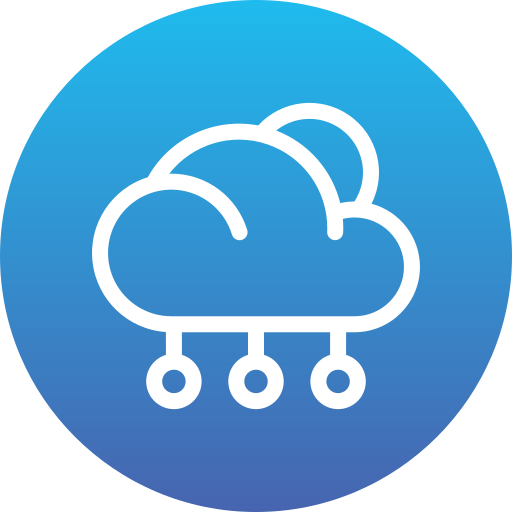

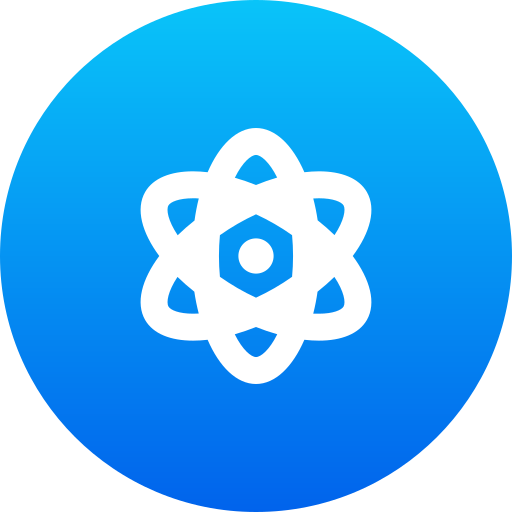


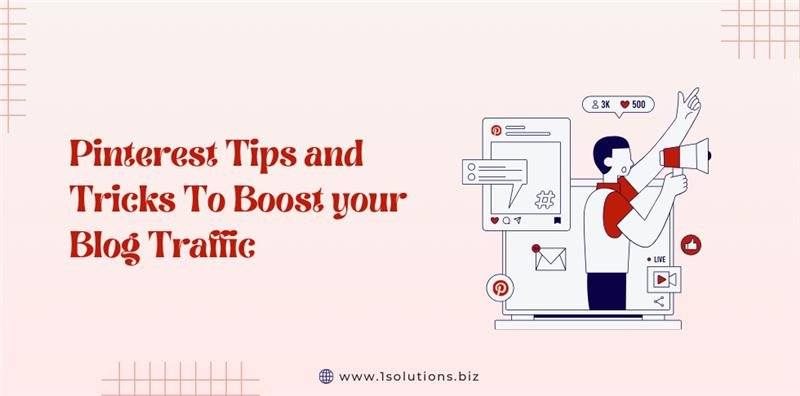
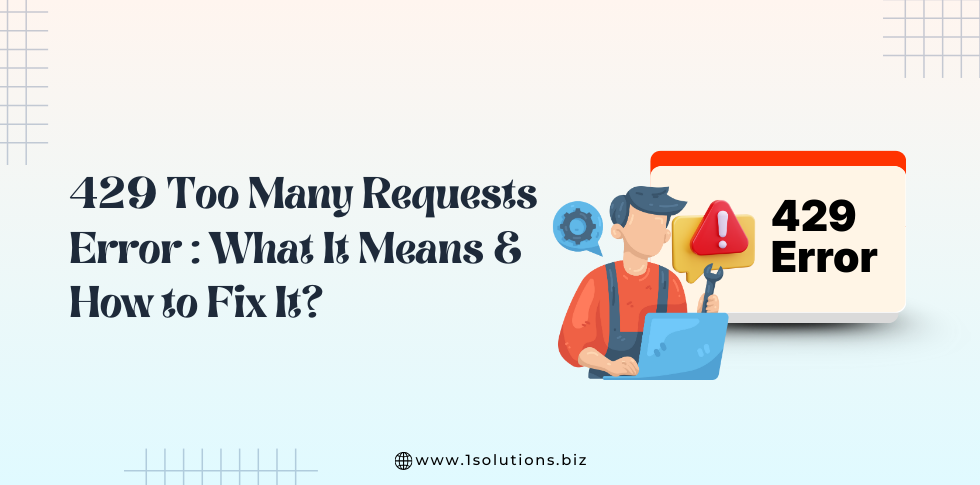
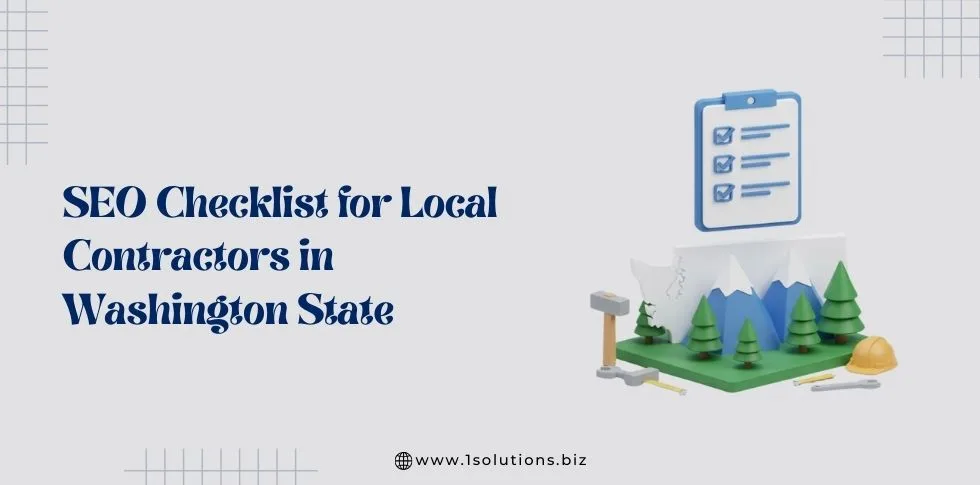



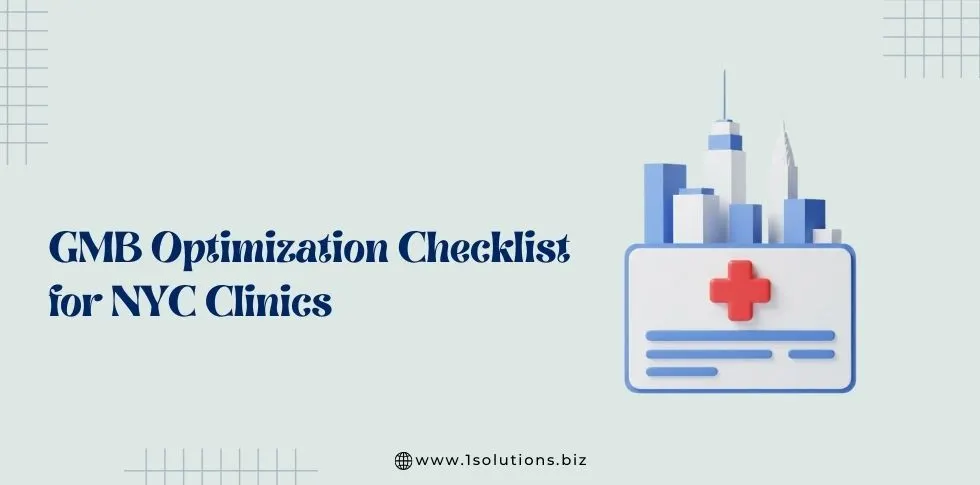

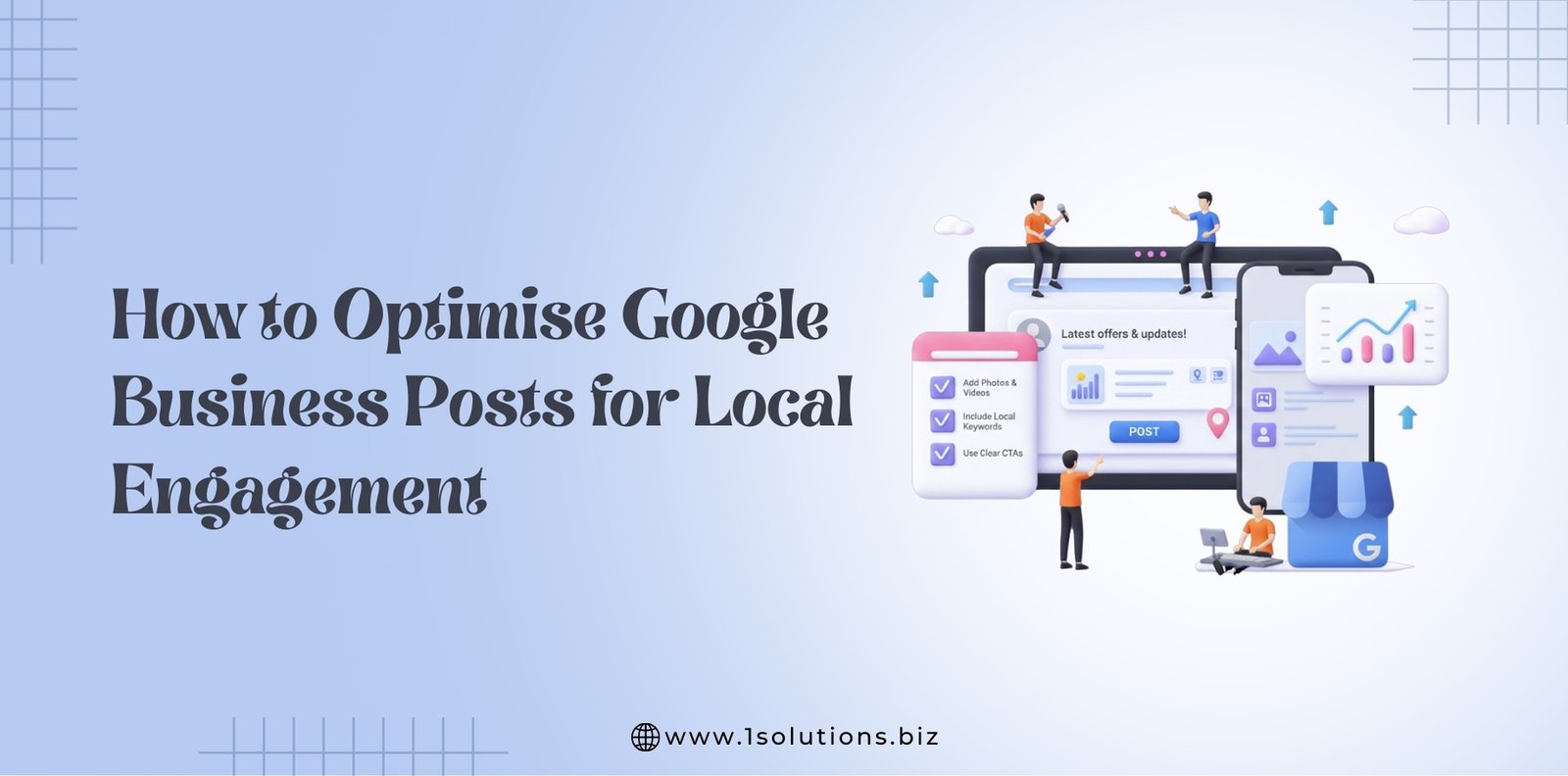
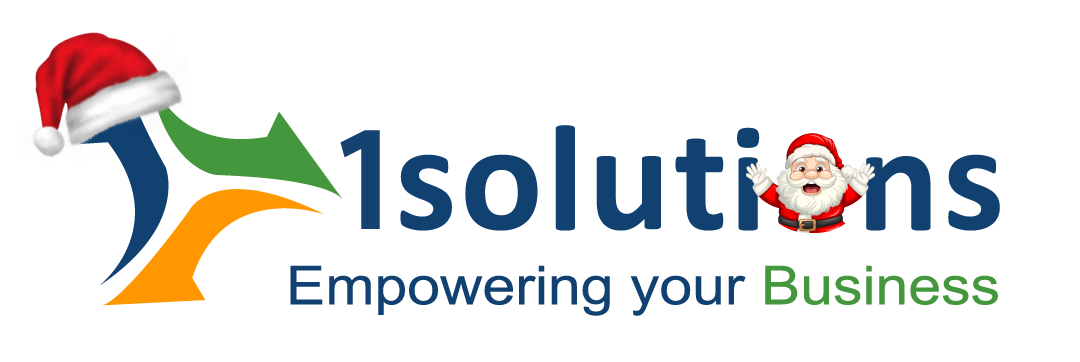



 in India
in India